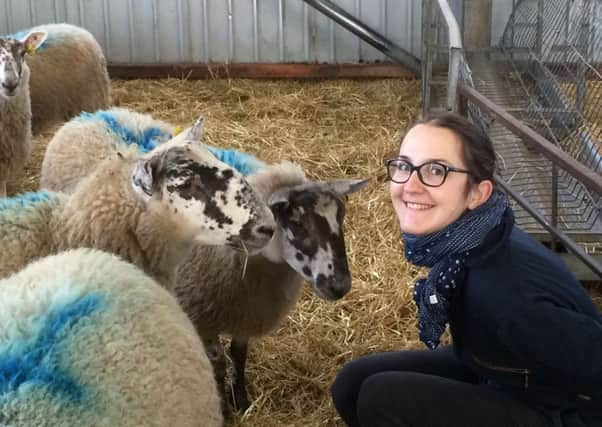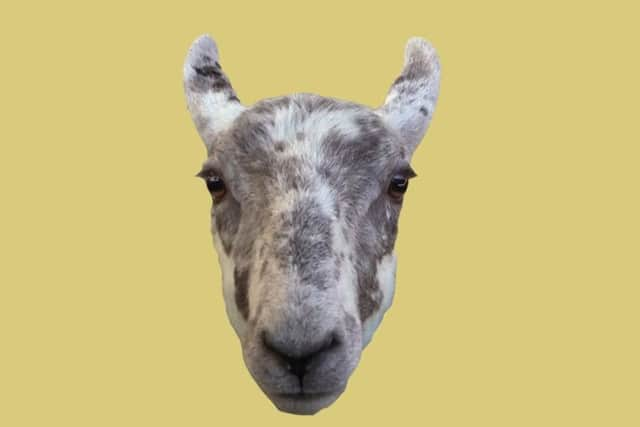Scots scientists shed new light on sheepish facial expressions


Despite having few facial muscles, sheep can convey how they are feeling to the rest of their flock, especially by using their ears. And, researchers have found, one happy – or sad – sheep can change the mood of the whole group.
Scientists at Scotland’s Rural College (SRUC) made the discovery by showing sheep life-sized photographs of their fellow animals’ heads with happy or sad expressions.
Advertisement
Hide AdThe study, which was carried out in association with the French National Institute for Agricultural Research (INRA), is being hailed as an important discovery in terms of animal welfare.


The scientists now say that facial expressions are a key social signal that can affect the temperament of small ruminants, such as sheep, goats and deer.
It is thought that if animals can perceive emotions in others then it is likely to affect their own emotional state.
The findings of the experiment, led by Dr Lucille Bellegarde, have been published in the academic journal Frontiers in Veterinary Science.
Dr Bellegarde said: “This study showed for the first time that sheep are not only able to discriminate between facial expressions, but they are also able to perceive the valence – in other words, negative or neutral – of the expressions displayed.


“In terms of animal welfare, it is essential to be able to understand how emotions are perceived between animals reared in groups.
Advertisement
Hide Ad“Because this emotional perception is likely to affect their own emotional state, it might take just one happy – or unhappy – sheep to make an entire flock happy, or unhappy.”
As part of the study, sheep were photographed in different situations.
Advertisement
Hide AdTo obtain happy, or neutral, expressions, they were photographed in their home pens and, for negative expressions, they were either photographed during social isolation, or during aggressive social interactions.
The sheep were then shown photographs of the “Photo Sheep” in the test pen. The photos were displayed on computer screens so that they were of the same size than the heads of real sheep. The tested sheep then had to learn to choose the correct type of face – either the happy or the negative – to gain a small food reward which was placed behind the picture.
They had to choose the correct image 22 out of 30 times before the researchers could consider that they had learned the task.
The results also showed that sheep learned to link an image of a negative facial expression with a reward faster.
Dr Bellegarde said: “We have linked this difference to the attention bias that exists in mammals towards negative stimuli.
“For instance, humans pay more attention to potential threat such as images of spiders, than to images of buildings.
“This increased attention towards images of negative faces is most likely what ‘helped’ the animals to learn the discrimination task more quickly.”